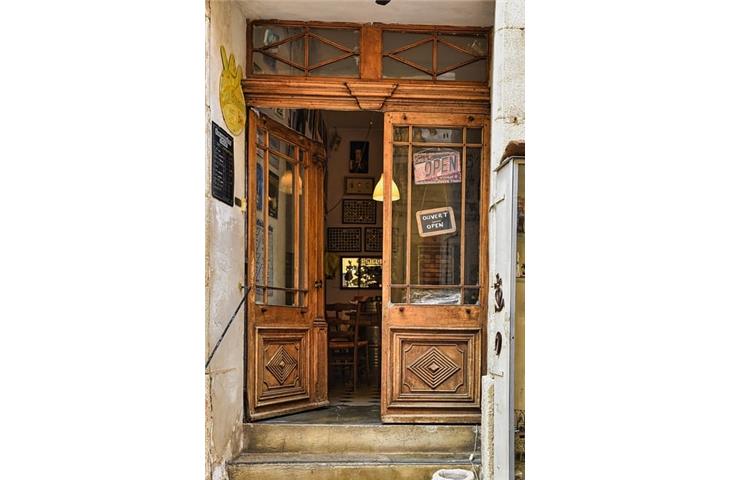In the sphere of domestic and industrial carriages’ and housing entrances, the compression door latch serves as an integral element guaranteeing robust closure and effortless access. This frequently overlooked mechanical marvel holds a pivotal role in the operation and safety of diverse door models. This discourse delves into the complexities of the compression door latch, scrutinizing its design, function, prevalent complications, and upkeep necessities to aid you in comprehending and valuing its significance in door assemblies.
1. Comprehending the Design and Operational Mechanics of Compression Door Latch

The compression door latch is a mechanical apparatus engineered to retain a door in position upon closure, offering a secure barrier against external influences. It generally comprises a latch mechanism, a spring, and a strike plate. Upon the door’s closure, the latch mechanism engages with the strike plate, establishing a snug seal. The spring assures that the latch maintains engagement despite minor tremors or collisions.
1.1 Components of Compression Door Latch

Latch Mechanism: This is the principal segment of the compression door latch that interfaces with the strike plate when the door is shut.
Spring: The spring imparts tension to maintain the latch mechanism engaged with the strike plate, ensuring a dependable closure.
Strike Plate: This is a planar metallic plate affixed to the door frame or door jamb, with which the latch mechanism interacts.
1.2 Operation of Compression Door Latch

Upon the door’s closure, the latch mechanism relocates into position and engages with the strike plate. The spring exerts tension to secure the latch in place, ensuring the door remains secure. When the door is opened, the latch mechanism disengages from the strike plate, permitting the door to pivot open.
2. Prevalent Problems with Compression Door Latch
Despite being designed to be resilient and trustworthy, the compression door latch may confront issues over time. Below are some frequent challenges that might surface:
2.1 Difficulty in Shutting or Unlocking the Door
This predicament could stem from exhausted springs, misalignment of the latch mechanism, or damage to the strike plate. Confirming that all components are in optimal condition and correctly aligned can rectify this issue.
2.2 Door Securing When Open
Should the door lock when it should remain unlocked, it might be due to a jammed latch mechanism or a compromised spring. In such instances, substituting the afflicted component can reestablish appropriate functionality.
2.3 Abnormal Sounds During Door Closure
Abnormal sounds during door closure can signal worn-out springs or a loose latch mechanism. Routine upkeep and prompt repairs can deter these issues from intensifying.
2.4 Door Not Maintaining Closure
If the door fails to maintain closure, it might be due to a damaged strike plate or a defective latch mechanism. Replacing the affected component or mending the damaged part can reinstate the door’s sealing capacity.
3. Maintenance and Restoration of Compression Door Latch
Effective maintenance and prompt restorations are indispensable to assure the longevity and functionality of the compression door latch. Here are some strategies for preserving and restoring this crucial component:
3.1 Frequent Inspection
Periodically inspect the compression door latch, its components, and the strike plate for indications of wear and damage. This will facilitate identifying potential issues prior to their exacerbation.
3.2 Sanitization
Sanitize the compression door latch and its components routinely to eradicate dirt, grime, and detritus that can impair its functionality.
3.3 Lubrification
Applicate a modest quantity of lubricant to the movable parts of the compression door latch to ensure unimpeded operation and thwart rust and corrosion.
3.4 Substitution
If any component of the compression door latch is impaired or worn out, substitute it with a new part. This will assist in rejuvenating the latch’s functionality and extending its lifespan.
4. Conclusion
The compression door latch is a paramount component in ensuring the security and functionality of numerous door models. By comprehending its design, operational mechanics, prevalent complications, and maintenance prerequisites, you can ensure your doors operate seamlessly and securely. Remember to inspect, sanitize, and lubricate the compression door latch periodically, and substitute any damaged components expeditiously. With diligent care and attention, your compression door latch will serve you faithfully for many years to come.

